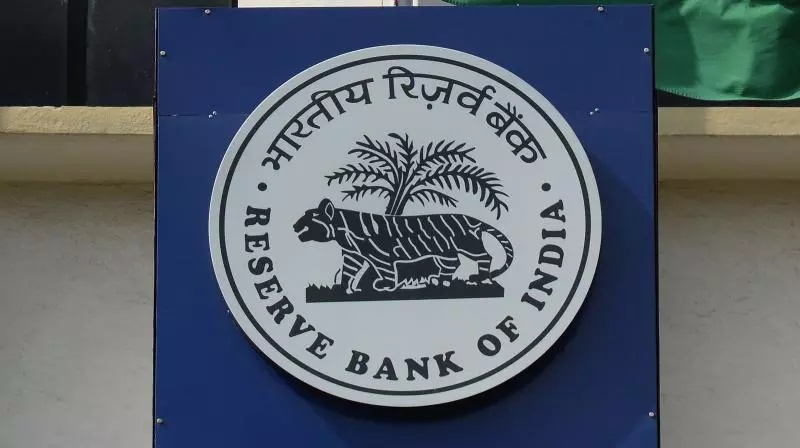RBI rate cut cycle to be shallow say economists
The RBI decided to stick to its “neutral” stance, acknowledging that the global atmosphere remains uncertain due to evolving new dimensions of global trade policy and repeated weather events.

�Mumbai: Given the global uncertainty due to US tariff hike concerns, its impact on global supply chains and the rupee depreciation and repeated weather events, the Reserve Bank of India’s (RBI) rate cut cycle that began last Friday after a gap of five years week is expected to be shallow with another 25 basis cut expected in April and a cumulative reduction of 50-75 basis points said economists.
Last Friday, the six-member Monetary Policy Committee (MPC) of the RBI cut the repo rate by 25 basis points to 6.25 per cent. The move came after the MPC stayed on hold since February 2023 and since the last rate cut in May 2020. The RBI decided to stick to its “neutral” stance, acknowledging that the global atmosphere remains uncertain due to evolving new dimensions of global trade policy and repeated weather events.
Says Indranil Pan, chief economist at YES BANK, “As the governor indicated, the MPC will have to stay watchful of these risks and remain flexible to change course if need be. We think that the RBI will carry through with further rate cuts in April and thereafter. However, this rate cutting cycle may be shallow.” Importantly, a study by the RBI had indicated that the ideal real interest rate for the economy should be 100-150 basis points. The Real Interest Rates data represents the interest rate (repo rate) adjusted for inflation. Real interest rates provide a more accurate measure of the cost of borrowing and the real return on savings, as they account for the impact of inflation. “Given that there is now expectation for the economy growth to slump, we think that the RBI could be happy at keeping the real interest rate at 150 bps than at 100 bps. With inflation forecast for FY26 at 4.2 per cent, a 150-basis points real rate means that the repo rate can go down to 5.75 per cent. Thus, my base case is for the terminal repo rate at 5.75 per cent (another 50 bps cut from here on) and in the event that the RBI would want to make an insurance cut, the terminal rate can at best be at 5.50 per cent (75 bps from here on),” added Pan. While no fresh measures to address the liquidity deficit were announced, in his maiden policy meeting, the RBI governor Sanjay Malhotra said that the developments were under watch and all options would be weighed including transient and durable injections on a need basis. RBI estimates this year GDP growth at 6.4 per cent and forecasted next year growth at 6.7 per cent; while it estimated the CPI inflation at 4.8 per cent and forecasted next year CPI inflation at 4.2 per cent. Radhika Rao, Executive Director and Senior Economist, DBS Bank said, “The RBI joined regional central banks to give higher weightage to domestic priorities, viewing volatility in their currency and bond markets as driven by global triggers. We maintain our call for another 25bp cut in April and expect the end-2025 repo rate to ease to 5.75 per cent.”Dipanwita Mazumdar, Economist, Bank of Baroda, “The RBI is expected to start a rate cut cycle, with an initial 25bps cut and a cumulative reduction of 50–75bps, given the current macro backdrop.” Sakshi Gupta, Principal Economist, HDFC Bank, said, “We expect the RBI to frontload its rate cuts and deliver another rate cut in the April policy of 25bps. The space for rate cuts beyond this would hinge on how domestic and global headwinds pan out. Domestic liquidity has tightened significantly due to a drawdown in forex reserves and moderated deposit growth, prompting RBI’s targeted liquidity measures. A combination of rising US yields, a narrowing interest rate differential, and FPI outflows has led to a weakening of the INR amid global uncertainty.
